The depositional environment of a sedimentary rock is the combination of physical, chemical, and biological processes that act on the sediment at the time of its deposition. There are many different depositional environments, each with its own characteristic rock type. The depositional environments are classified according to the energy regime that prevailed during deposition, which is a function of water depth, wave or current energy, and sediment supply.
Here is a playlist of many videos describing different types of depositional environments of sedimentary rocks.
The broadest classification of depositional environments of sedimentary rocks is between marine and non-marine environments, but many variations exist within these broad categories. Marine environments are further classified according to water depth as shallow-marine, deep-marine, or brackish-marine. Non-marine environments include aqueous (lacustrine, fluvial, and playa), aeolian, glacial, and organic environments. Marine environments are the most common type of depositional environment.
Each depositional environment has different processes that control the deposition of sediments. For example, aeolian deposits are controlled by the wind, while fluvial deposits are controlled by the flow of water. Marine deposits are controlled by tides and currents.
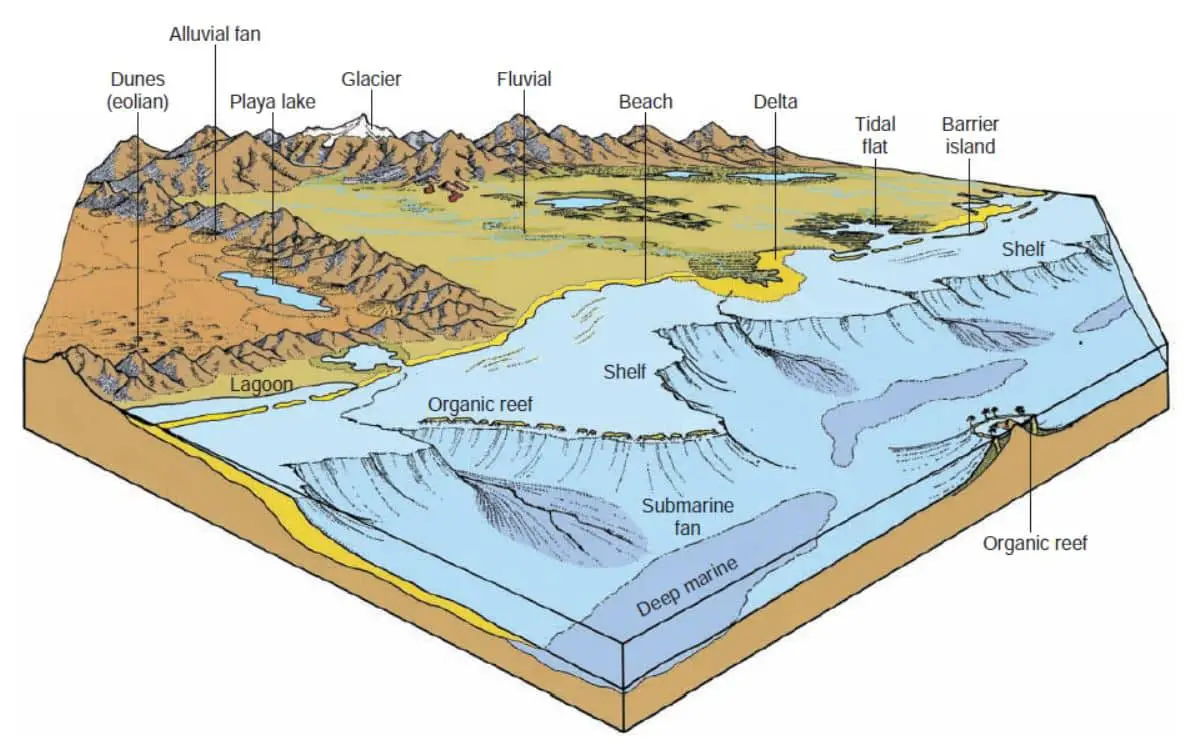
Transitional depositional environments
The transitional depositional environment of sedimentary rock is one in which the rock is deposited in a manner that is neither fully terrestrial nor fully marine, they form at the interface of two different depositional regimes. Transitional depositional environments of sedimentary rocks include fluvial, aeolian, lacustrine, and marine environments. It’s prudent to also note that transitional environments are often characterized by a high degree of sediment mixing, as different sediment types are brought together by the various processes at work.
The most common type of transitional environment is a lagoon, which forms when a barrier island or reef separates a shallow marine environment from a freshwater environment. Lagoons can also form when a river delta progrades into a shallow marine environment, or when fluvial sedimentation fills an embayment. Other types of transitional environments include estuaries, tidal flats, and shelf edges.
There are many factors that can cause a transition, such as changes in sea level, tectonic activity, or climate. Additionally, transitional depositional environment’s lithology is heterogeneous and the depositional processes are variable. In these transitional environments, the lithology can change rapidly, and the depositional processes can be highly variable. This can make it difficult to interpret the depositional history of these rocks.
Continental depositional environments
Continental depositional environments of sedimentary rocks are those in which terrestrial deposition takes place, environments that are on land. Depositional environments on the continents are generally characterized by low relief and low sediment accumulation rates. The low relief is a consequence of the low rate of tectonic activity on the continents. There are many different types of continental depositional environments, each of which has its own unique characteristics. The main types are fluvial, aeolian, and glacial environments, although there are also many sub-environments. The main difference between these environments is the energy of the depositional process.
Shallow marine depositional environments
Shallow marine environments are those environments lying between the low tide mark and the continental shelf break. These environments are usually found close to the shoreline, where the water is not too deep. These environments include both the intertidal and the sub-tidal zones. The intertidal zone is that part of the shoreline that lies between the mean high tide mark and the mean low tide mark. The sub-tidal zone is that part of the shoreline that lies below the mean low tide mark.
The sediments in shallow marine environments are usually transported there by rivers or ocean currents. The sediments settle to the bottom of the shallow marine environment and are then lithified into sedimentary rocks. The water depth in these environments is usually less than 100 meters, and the bottom is often exposed to air during low tide. The sediments in these environments are typically well-sorted and lack the fine-grained particles that are common in deeper water environments. These sediments are typically composed of sand, gravel, or shells.
Deep marine depositional environments
Deep marine depositional environments of sedimentary rocks are environments that are deep below the surface of the water, typically at depths of more than 100 meters. These environments are characterized by high pressures and low temperatures, which can result in the formation of unique rock types that are not found in other depositional environments. Deep marine depositional environments are typically found in areas of the ocean where there is a large amount of sediment being deposited, such as on the continental shelf or in the deep sea.
The sediments that are deposited in deep marine environments can come from a variety of sources, including land-derived sediments that are transported to the marine environment by rivers, or wind-blown sediments that are transported to the marine environment by the wind. Marine sedimentary rocks can be classified based on a number of different factors, including the type of sediment that is present, the environment in which the sediment was deposited, and the lithification process that occurred.
Fluvial depositional environment
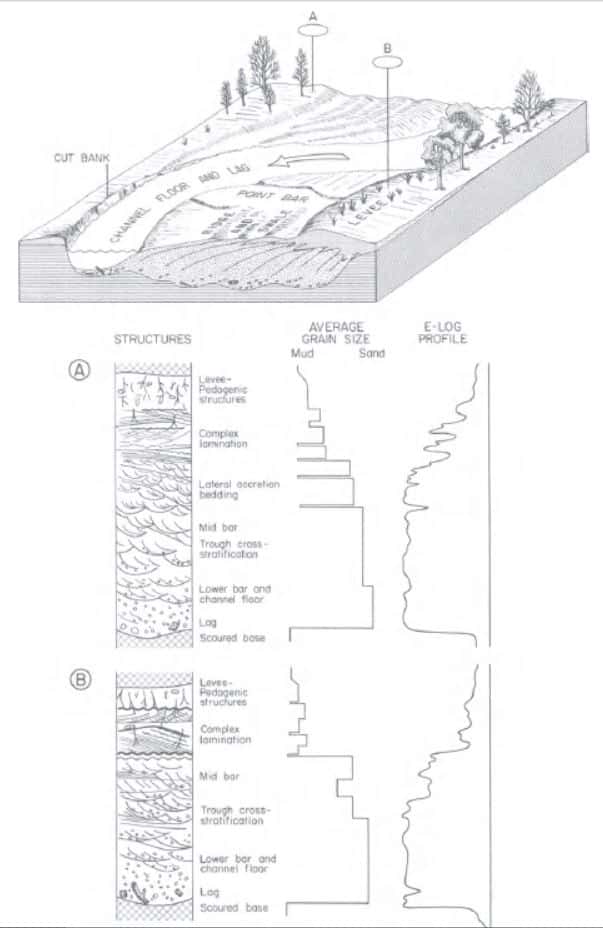
A fluvial depositional environment is one in which sedimentary rocks are deposited by moving water. The water may be flowing in a river, moving in a lake, or an ocean. The sediments that are deposited in this environment are typically transported by the water and are deposited as the water flow slows down or stops. The water can be moving slowly or rapidly and can be freshwater or salty. The sediment that is deposited can be anything from silt to gravel.
Fluvial environments are classified into three sub-environments: river, floodplain, and lacustrine. Each of these environments has different sedimentary processes and features. The main process in these environments is erosion, which is the removal of material from one location and its transport to another. The most common sedimentary rocks are sandstones and siltstones, which are composed of smaller grains of quartz, feldspar, and other minerals. These rocks are often found in rivers and streams.
Turbidite depositional environment
Turbidite is a type of sediment that is transported by a turbidity current. Turbidity currents are density-driven currents that can transport large volumes of sediment over long distances. Turbidite deposits form in many different environments, including deep-water marine, lacustrine, and fluvial settings. In all of these environments, turbidites are associated with a strong current regime that is capable of generating high sediment transport rates. The primary control on the deposition of turbidites is the strength of the bottom currents. The strength of the currents is a function of many factors, including the water depth, the sediment grain size, and the amount of sediment in suspension.
The physical environment of a turbidite depositional system is characterized by a relatively deep basin with a sea-floor slope greater than about 2 degrees. The basin is typically bordered by relatively steep continental margin fault scarps. The depositional system is fed by sediment-laden flows from the margins or from within the basin. The flows are generated by slump or slide failures, debris avalanches, or, less commonly, by fault-propagated landslides.
Lake depositional environment
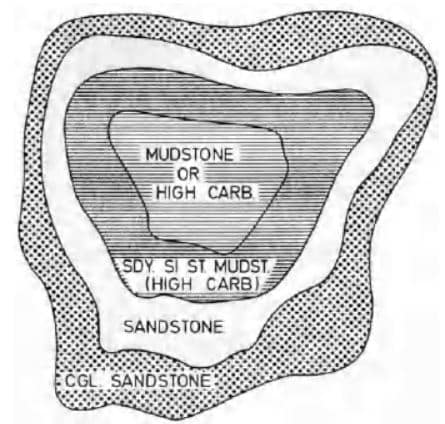
Lakes are basins of water, typically freshwater, that are surrounded by land and form excellent depositional environments. Due to the many environments that lakes can occupy, a wide variety of sedimentary rocks can form in lakes. The most common rocks are limestones, which can either be organic or inorganic in origin. Other types of sedimentary rocks that can form in lakes include evaporites, siliciclastics, and carbonates. Each type of rock has a unique set of characteristics that can be used to identify it.
Continental shelf depositional environment
The continental shelf is the shallow water area surrounding a continent and is an important depositional environment for sedimentary rocks. The shelf is a relatively flat, shallow area that is covered by water. The average depth of the shelf is about 100 – 200 meters. The shelf is a transition between the land and the open ocean and is an important environment for many marine organisms.
Lagoon depositional environment

The lagoon depositional environment of sedimentary rocks is an area where there is a body of water that is separated from the ocean by a barrier island or a reef. A lagoon forms when wave action or currents deposit sediment along the shoreline of an island or peninsula. The lagoon is usually shallow with a depth of around six feet.
The lagoon environment is found in tropical and subtropical areas around the world. The lagoon environment is important for the deposition of sediments because it is an area where there is a high amount of wave energy. Lagoons are different from other types of bodies of water because they are usually enclosed by land.
Alluvial depositional environment
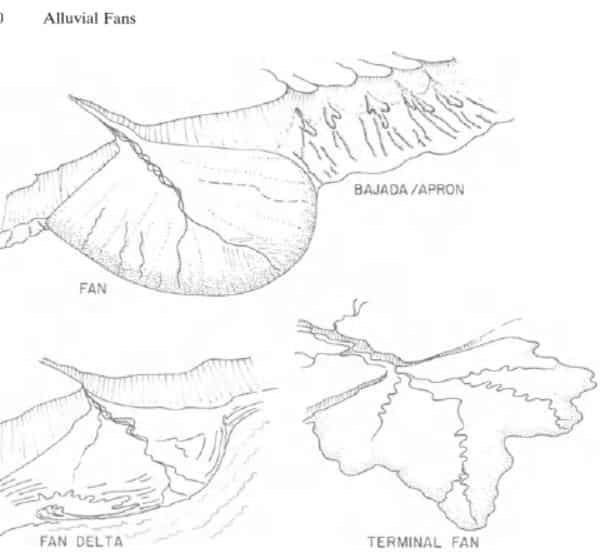
Alluvial sedimentary environments are those in which sediment is transported and deposited by rivers. The alluvial depositional environment is the most common sedimentary environment on Earth. Alluvial deposits are typically made up of gravel, sand, silt, and clay. Alluvium is unconsolidated sediment that has been transported and deposited by a river or other body of water. These deposits can be found in a variety of locations, including floodplains, river deltas, and river channels. Alluvial environments are characterized by a high sediment flux and a low energy regime.
Lacustrine depositional environment
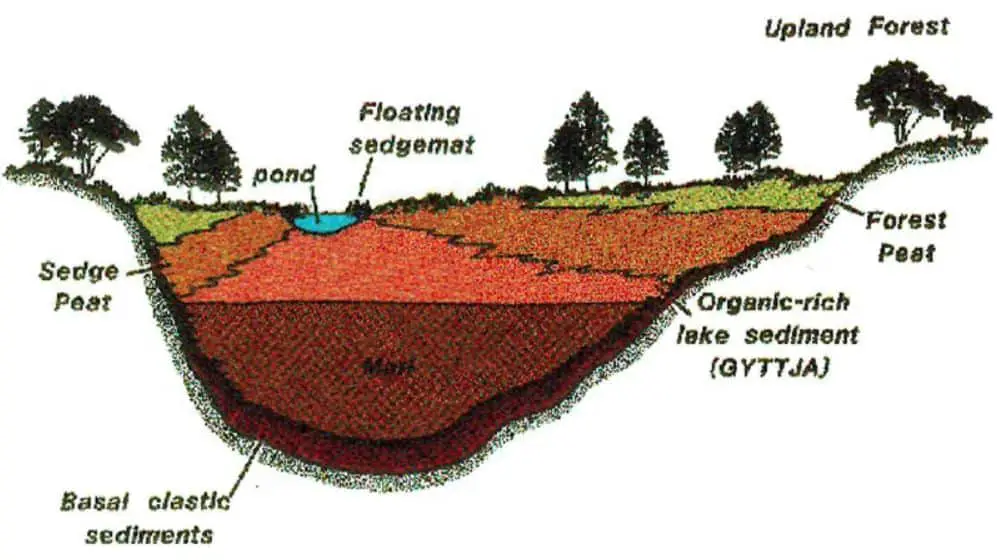
The lacustrine depositional environment of sedimentary rocks is primarily defined by the presence of lakes. This environment is characterized by the accumulation of sediments in a lake basin. The sedimentary rocks that form in a lacustrine environment are typically fine-grained and have a high degree of chemical and/or organic diagenesis.
Deposition in lakes is controlled by a variety of factors including wave energy, currents, and sediment supply. The water in a lacustrine depositional environment is usually shallow and can sometimes be murky. The sediments may be deposited directly by the lake water, or they may be transported to the lake by rivers and streams that flow into it.
Aeolian depositional environment
The aeolian depositional environment of sedimentary rocks is characterized by the presence of wind that blows and deposits sediments. This environment is typically found in arid to semi-arid climates where there is little vegetation to break wind, and is often associated with dune fields. The aeolian depositional environment includes the transportation and deposition of sediment, as well as the erosion of rocks.
The most common deposits in an aeolian environment are dune and interdune deposits. Dunes form where there is a relatively constant supply of wind-blown sand. The sand accumulates in the lee of obstacles, such as vegetation, and forms a mound. The aeolian deposits can be either primary or secondary. Primary aeolian deposits are those that are formed directly by the wind, while secondary aeolian deposits are those that have been reworked by the wind after they were initially deposited by another process such as water or ice.
Deltaic depositional environment
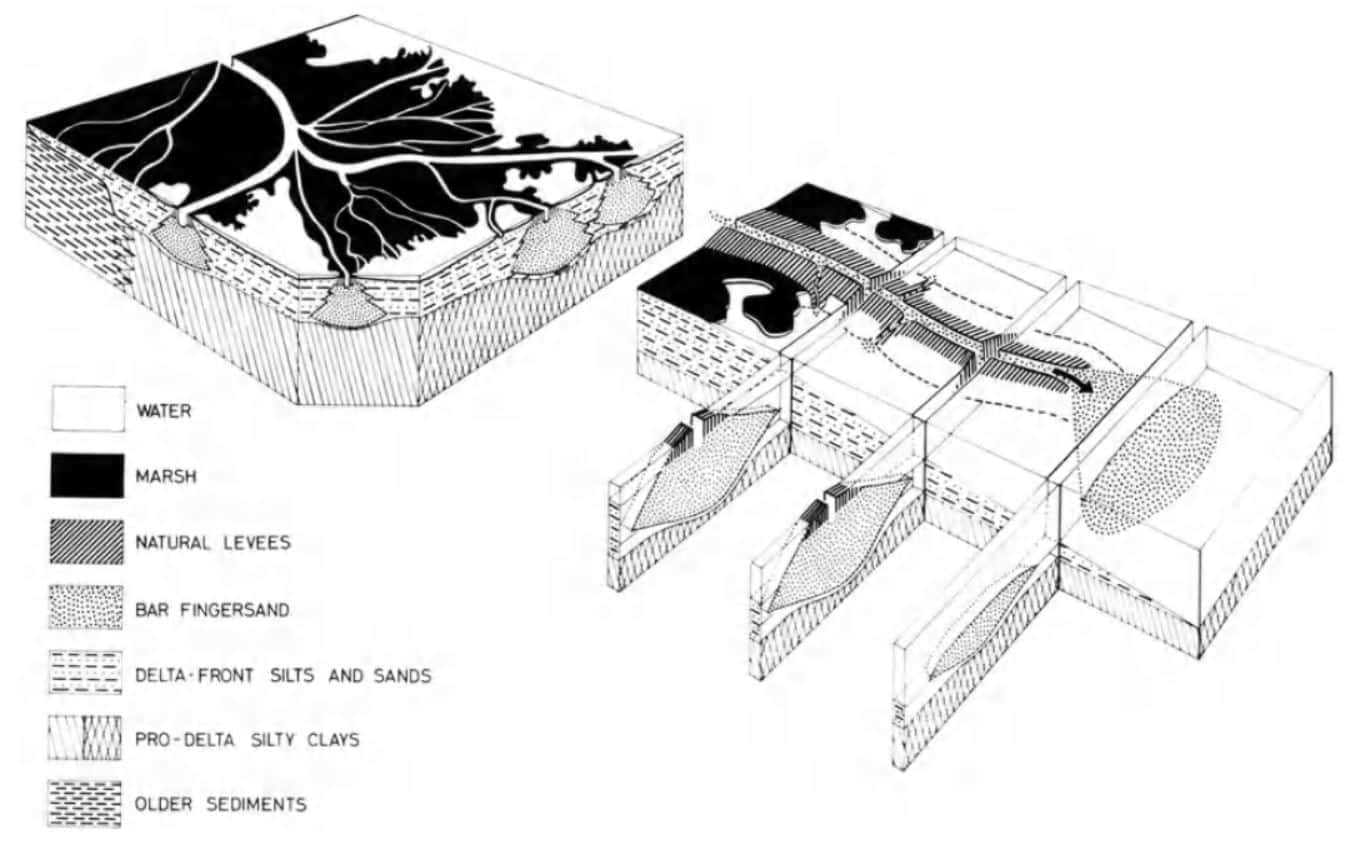
The deltaic depositional environment of sedimentary rocks is an environment that is characterized by the accumulation of sediments in a river delta. A delta is a low-lying area of land that is formed when a river flows into a larger body of water, such as an ocean or a lake. For a delta to be formed, the sediment is deposited at the mouth of the river, where the flow slows. Over time, the buildup of sediment causes the river to branch off into multiple channels, forming a delta.
Deltaic environments are found all over the world. Deltas vary in size from small, isolated deltas to large, complex deltas that are hundreds of kilometers wide. The sediments that are deposited in a deltaic environment are typically sorted by the water currents and then accumulate in the lower parts of the delta.
Travertine depositional environment
Travertine is a sedimentary rock that is formed in a variety of environments, including hot springs, shallow marine environments, and caves. The main component of travertine is calcium carbonate, which is precipitated out of solution by a variety of mechanisms. The depositional environment of the travertine can be used to reconstruct the depositional environment of the sedimentary rocks in which it is found. Travertine can be found in a variety of colors, including white, tan, and cream.
Reef depositional environment
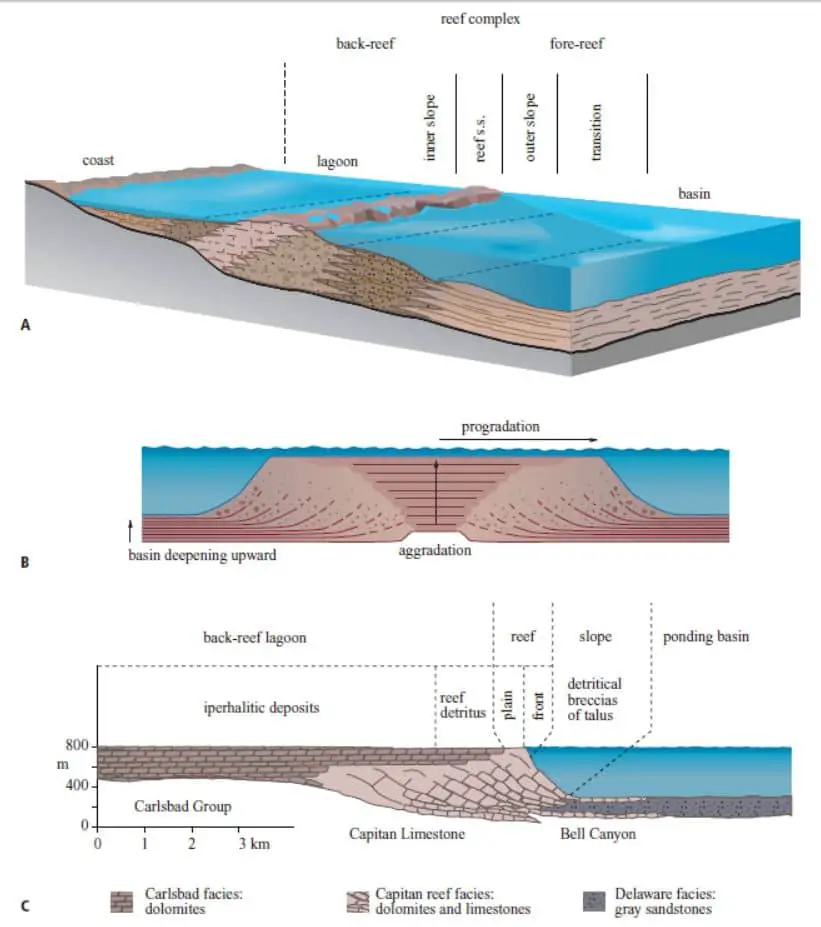
Reef environments are some of the most common depositional environments of sedimentary rocks. Reefs are usually found near the shore in shallow water and are composed of organic material and sediment that has been cemented or bound together. This environment is characterized by high energy conditions, such as waves and currents, as well as a high concentration of biological activity.
The reefs grow in shallow, well-lit waters, often near the coasts. Reef environments are categorized into three main types: fringing reefs, barrier reefs, and atolls. Reefs are further grouped into either biological or inorganic in origin. Biological reefs are created by the growth of organisms, such as corals, that build up the reef over time.
References
Bjørlykke, K. (2014). Relationships between depositional environments, burial history and rock properties. Some principal aspects of diagenetic process in sedimentary basins. Sedimentary Geology, 301, 1-14.
Carter, R. W. G. (2013). Coastal environments: an introduction to the physical, ecological, and cultural systems of coastlines. Elsevier.
Goodbred, S. L., & Saito, Y. (2012). Tide-dominated deltas. In Principles of tidal sedimentology (pp. 129-149). Springer, Dordrecht.
Hasiotis, S. T., McPherson, J. G., & Reilly, M. R. W. (2013, March). Using ichnofossils to reconstruct the depositional history of sedimentary successions in alluvial, coastal-plain, and deltaic settings. In IPTC 2013: International Petroleum Technology Conference (pp. cp-350). European Association of Geoscientists & Engineers.
King, M. (2013). Fisheries biology, assessment and management. John Wiley & Sons.
Miall, A. D. (2013). The geology of fluvial deposits: sedimentary facies, basin analysis, and petroleum geology. Springer.
Pomar, L., Morsilli, M., Hallock, P., & Bádenas, B. (2012). Internal waves, an under-explored source of turbulence events in the sedimentary record. Earth-Science Reviews, 111(1-2), 56-81.
Purser, B. H. (Ed.). (2012). The Persian Gulf: Holocene carbonate sedimentation and diagenesis in a shallow epicontinental sea. Springer Science & Business Media.
Reineck, H. E., & Singh, I. B. (2012). Depositional sedimentary environments: with reference to terrigenous clastics. Springer Science & Business Media.
Romans, B. W., & Graham, S. A. (2013). A deep-time perspective of land-ocean linkages in the sedimentary record. Annual Review of Marine Science, 5, 69-94.
Shanmugam, G. (2018). The hyperpycnite problem. Journal of Palaeogeography, 7(1), 1-42.
Siddiqui, N. A., Rahman, A. H. A., Sum, C. W., Yusoff, W. I. W., & bin Ismail, M. S. (2017). Shallow-marine sandstone reservoirs, depositional environments, stratigraphic characteristics and facies model: a review. Journal of Applied Sciences, 17(5), 212-237.
Trabucho‐Alexandre, J. (2015). Organic matter‐rich shale depositional environments. Fundamentals of Gas Shale Reservoirs, 21-45.
Vandenberghe, J., Sun, Y., Wang, X., Abels, H. A., & Liu, X. (2018). Grain-size characterization of reworked fine-grained aeolian deposits. Earth-Science Reviews, 177, 43-52.
Yu, X., Li, S., & Li, S. (2018). Sandy Coast (Shore) and Neritic Depositional System. In Clastic Hydrocarbon Reservoir Sedimentology (pp. 573-632). Springer, Cham.
Zavala, C. (2020). Hyperpycnal (over density) flows and deposits. Journal of Palaeogeography, 9(1), 1-21.
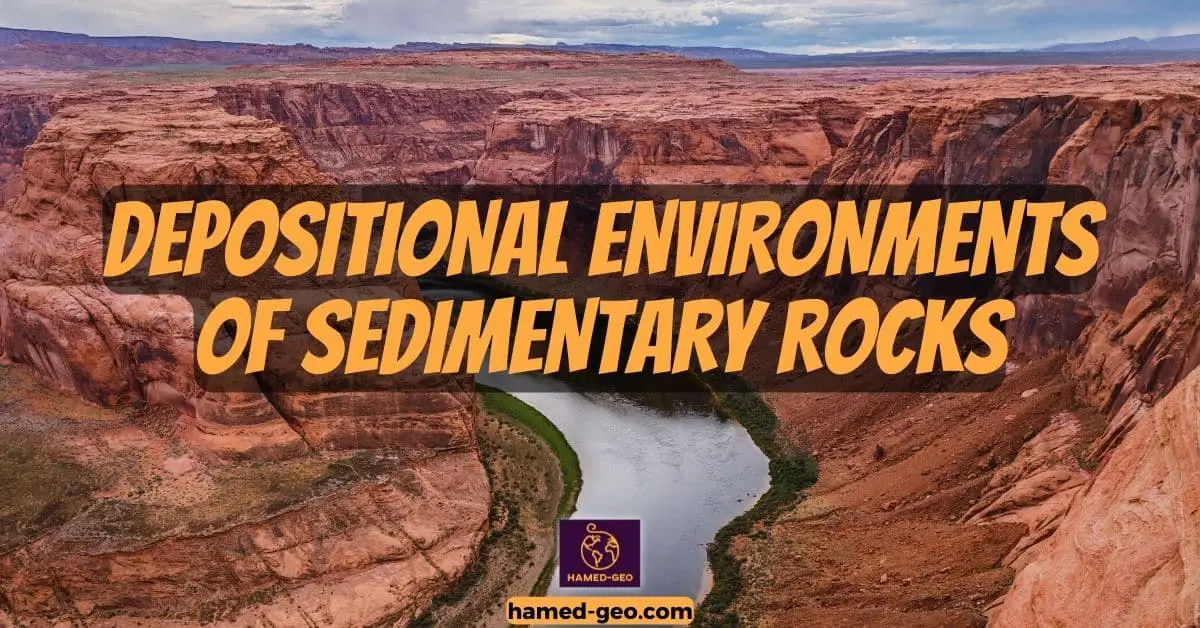


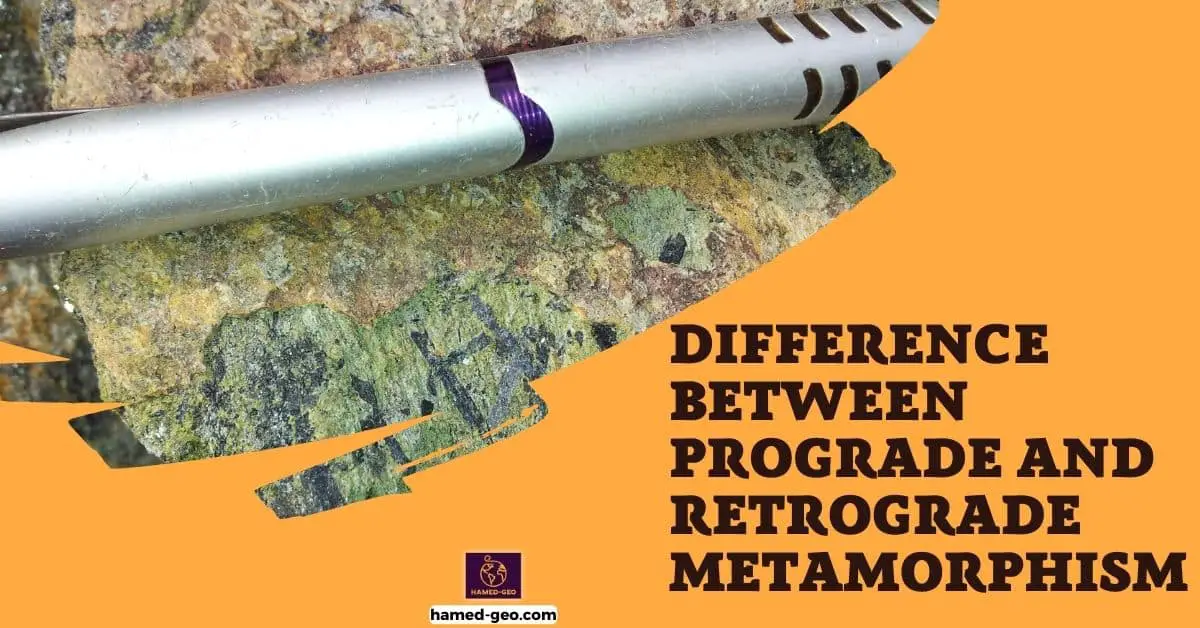
[…] Continental Sedimentary Environments […]
[…] The three main types of sandstone depositional environments to be discussed in this context are the continental or terrestrial, transitional or marginal marine, and marine environments (Puy-Alquiza, M. J., Miranda-Avilés, R., García-Barragán, J. C., Loza-Aguirre, I., Li, Y., & […]
[…] structures are essential since they provide information about the depositional environments such as flow direction, climate, arid or semi-arid, and setting either fluvial, lacustrine, or […]
[…] fuels are formed from the burial of organic matter, primarily plant material, in sedimentary environments over millions of years. This organic matter undergoes a series of decomposition and […]